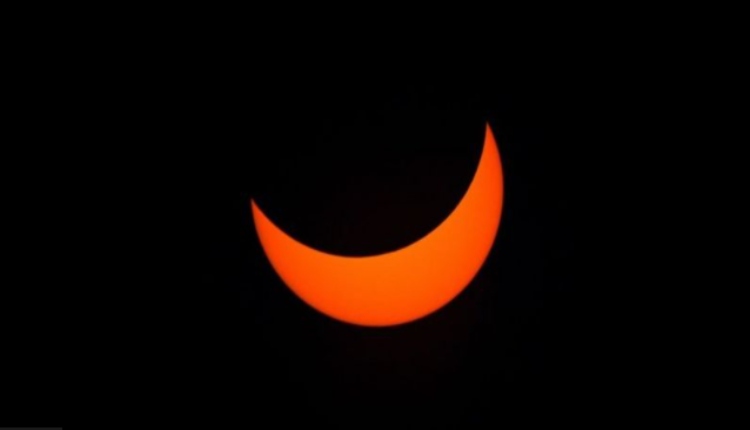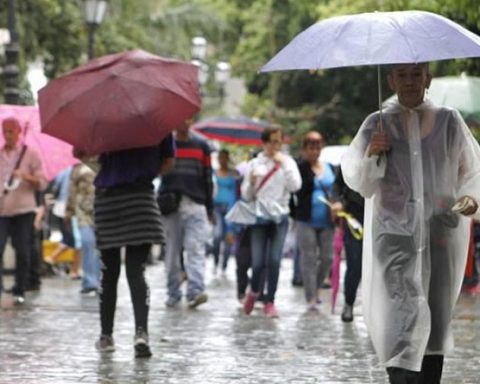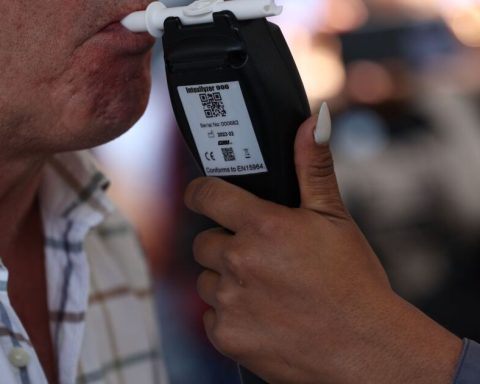Today Saturday, at sunset, the solar eclipse will be observed. According to the Molinos Astronomical Observatory, the eclipse will last 20 minutes. It is the first great astronomical phenomenon of 2022, on the last afternoon of April. The moon will interpose itself between the light of the sun and the Earth, giving rise to a partial eclipse.
A solar eclipse occurs when the Moon is between the Sun and the Earth. That generates a shadow that blocks the light of the Sun, partially or totally. When it is partial, as in the case of the eclipse on April 30, “the Sun and the Moon are not perfectly aligned, so the Moon does not completely cover the Sun,” explains NASA.
In America, the partial eclipse will be visible throughout the territory of Chile and Argentina, most of Uruguay (except the extreme east), and southern Bolivia and Paraguay. At its maximum, the Moon will cover 64% of the Sun’s disk. However, this percentage will vary depending on the latitude from which the phenomenon is observed: the further south the viewer is, the greater the effect.
In Chile, the Moon will cover 24% of the solar disk in Santiago and 34% in Concepción. The best place to observe the eclipse in the country will be Punta Arenas, one of the southernmost cities on the continent, where 52% of sunlight will be covered at sunset.
Caution
It is very important, when observing the phenomenon, not to do it directly. Doing so can damage the retina, the light-sensitive part of the eye. Looking at the sun without protection, even on cloudy days, can cause permanent retinal damage and other UV-related eye problems.
On the night of May 16, from our continent it will be possible to observe the first total lunar eclipse of the year. The Moon will cross the shadow of the Earth and for a few minutes it will change its characteristic color for a reddish hue. This time, the astronomical phenomenon will be visible throughout the continent.


















